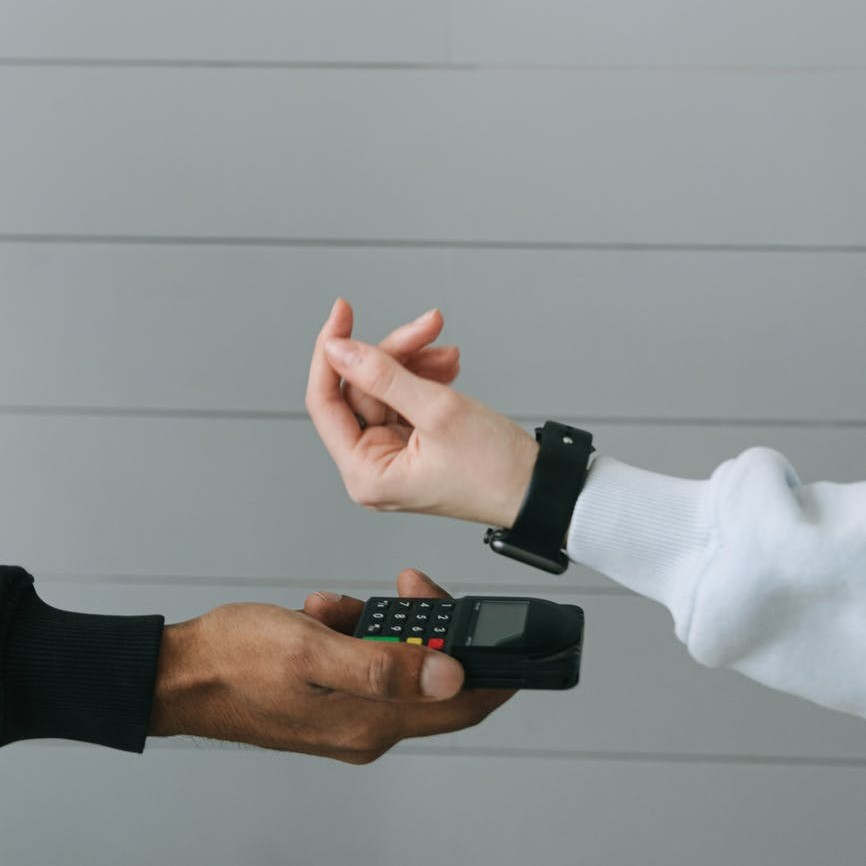Uncategorized
New payment solutions make inroads across Africa
Digital innovation has evolved payments solutions at breakneck speeds. With contactless payments, QR codes and digital wallets, consumers today have so many new ways to pay. The big challenge, however, is to ensure that the millions of South Africans who still use cash are able to access these services.
“Unfortunately, cash still dominates as the main payment form for millions of South Africans,” says Thomas Pays, CEO and co-founder of Ozow. “This happens simply because of a lack of access to infrastructure, high data costs, and a general mistrust in financial institutions. All of these factors ultimately prevent many consumers from participating in the digital economy.”
There is hope, though.
A recently published South African Township Marketing Report found that while cash is still the preferred method of payment for many low-income earners, people in townships are open to alternative payment methods.
“To better serve the needs of low-income communities, it is critical to develop solutions that work for them,” says Pays. “For someone in a township, who largely makes peer-to-peer payments, digital payment solutions need to match what they will use them for.”
Fuelled by the pandemic, there has been a rapid adoption and acceptance of these new payment methods. With concerns of the spread of the virus, the increased usage of contactless payments has also empowered people to transact securely from their own devices without any physical contact.
The shift to a contactless ecosystem is also accelerating the decashing of the economy and has primarily been led through mobile. In fact, mobile payments and digital wallets are two of the most popular payment types globally, eclipsing cash transactions in 2020.
Unlike developed countries with legacy banking systems, Africa is perfectly primed to leapfrog and quickly adapt to new technology, says Pays.
“We can see wider adoption because people don’t have to make any significant change from one system to the next. Without decades of legacy systems, we have a tremendous advantage in being able to do this.”
The widespread usage of digital payments in various forms has also worked to resolve the historical disconnect between online and in-store pay points, where the ease of checkout has been a big issue.
Pays says that retailers responded by integrating this technology into the point-of-sale systems – providing more ways for customers to pay for goods and services.
“As businesses gear up for Black Friday and the festive season, these new payment options will be vital.”
Innovation isn’t slowing down either.
The introduction of e-wallets and invisible payments, like those used by Uber and Amazon Go, are providing people with a way to pay for goods and services without having to take any action. While traditionally, these often required a credit card on file, this is being eliminated with the introduction of wallets and direct payment links to bank accounts through digital overlay services developed by fintechs.
“With every new payment solution introduced, the most important thing to understand is that these are designed with the highest international safety and security standards to ensure that consumer and banking data is protected.”
This future of payments is very exciting, says Pays.
“With every new technology developed, the goal will always be to simplify people’s lives by making payments even easier, quicker, and more secure. At the rate that it’s evolving, we will easily get to a stage where wearable payment tech won’t require cards, batteries or an internet connection.
“This innovation has one primary goal – to drive financial inclusion and access for everyone. Ultimately, this supports the South African Reserve Bank’s Vision 2025 to improve access for the 52m bank account holders in South Africa.”

















